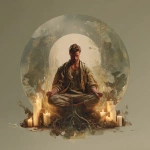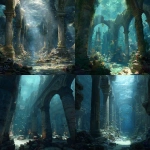Explore the Best AI Image Gallery
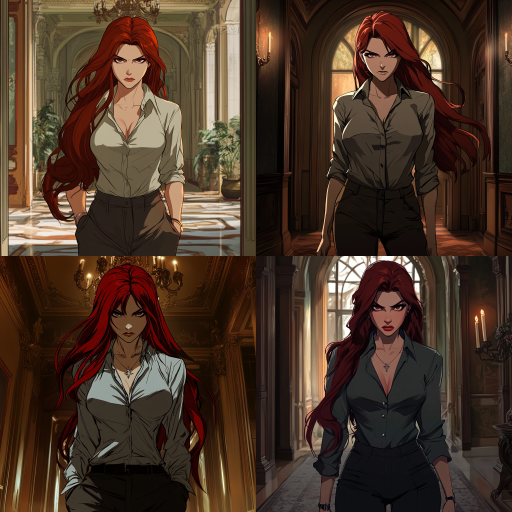
AI and Digital Creativity: Transforming the Creative Landscape
The advent of artificial intelligence (AI) is profoundly reshaping the landscape of digital creativity, presenting both exciting possibilities and daunting challenges. From generating artwork to composing music and even crafting narratives, AI is not only a tool but also a collaborator in the creative process. In this blog post, we explore the multifaceted impact of AI on creativity, delve into its applications across various artistic disciplines, examine the ethical considerations it raises, and speculate on future trends in this rapidly evolving domain.
The Impact of AI on the Creative Industry
AI technologies, including machine learning and deep learning, have gradually infiltrated the creative sector, offering unprecedented opportunities for innovation and exploration. AI algorithms can now analyze vast amounts of data to generate images, music, and text that closely mimic human creativity. This capability has led to the creation of AI artists, composers, and writers that can produce works autonomously or in collaboration with human creators.
One fascinating application is in visual arts, where AI tools like Artbreeder allow users to blend images and modify features through intuitive interfaces. Artists can explore new aesthetics and generate novel concepts that may never have emerged through traditional methods. Similarly, musicians can use AI technology to compose tracks that integrate different styles and genres, expanding the boundaries of music creation.
Potential Uses of AI in Digital Creativity
AI's applications in the creative realm are diverse and growing. Here are some key areas where AI is making its mark:
- Design and Branding: AI can assist graphic designers in creating logos, packaging, and marketing materials tailored to specific audiences.
- Content Creation: Writers and marketers are utilizing AI tools like Copy.ai and Jasper to generate ideas, outlines, and even full articles, enhancing efficiency and creativity.
- Interactive Experiences: AI can power immersive experiences in gaming and virtual realities, creating adaptive narratives and character behaviors that respond to player interactions.
- Film and Animation: AI technologies are being used to develop scripts, storyboard sequences, and even generate visual effects, significantly reducing production time.
- Fashion: Designers are using AI algorithms to predict trends, analyze customer preferences, and assist in the design process, resulting in more personalized clothing lines.
Ethical Considerations
As with any disruptive technology, the rise of AI in creative fields raises significant ethical questions. First and foremost is the issue of authorship. If an AI generates a piece of art, who owns the copyright? This question is further complicated by the fact that many AI systems learn from existing artworks, making it challenging to establish originality.
Furthermore, the use of AI may displace traditional artists and creators, leading to concerns over employment in the creative sector. As companies increasingly turn to AI-generated content for marketing and entertainment, unique human perspectives risk being overshadowed.
Lastly, there are concerns about the potential for AI-generated works to perpetuate biases present in the training data. If an AI is trained predominantly on works from a specific demographic, its outputs may lack diversity and inclusivity, raising questions about the representation in art and media.
Future Trends
Looking ahead, the integration of AI in the creative industry is likely to deepen, leading to numerous trends that will shape the future:
- Collaborative Creativity: As AI becomes smarter and more intuitive, the collaboration between human creators and AI will likely evolve, resulting in hybrid art forms that merge human intuition with machine-generated innovation.
- Personalization: AI can analyze user preferences to create personalized experiences, whether in art, music, or interactive media, thus tailoring content to individual tastes.
- Ethical AI Development: The creative industry will need to focus on developing ethical guidelines for AI use, ensuring responsible practices that prioritize transparency and inclusivity.
- Emergence of New Genres: As AI continues to influence creative expression, we can expect the emergence of entirely new genres and styles influenced by algorithmic creativity.
- Education and Tools: Educational institutions may begin incorporating AI tools into curricula for artists and designers, equipping the next generation with the skills needed to thrive in an AI-driven world.
In conclusion, AI is fundamentally transforming the creative landscape, opening new avenues for expression while posing critical ethical dilemmas. As we navigate this evolving terrain, embracing collaboration between human creativity and artificial intelligence may be key to unlocking new heights of innovation in the arts.

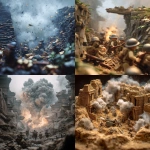
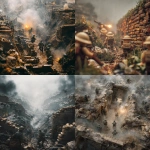


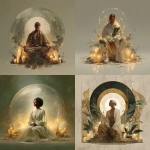

](https://images.ai-img.art/thumbnails/150/c2241c1eabdcb7b9a98be19a7e8d850b6cffe0e0c91c1ccda8dd807e2a96b187.webp)

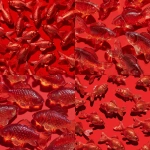
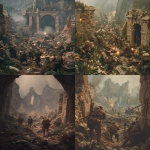
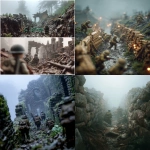
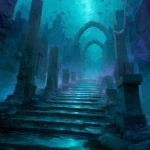
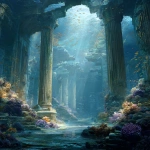
](https://images.ai-img.art/thumbnails/150/c48401bc3fad7ff7f2dbd37b894d3f53cb42d5072dfacb8bfdcdeeef28a29b04.webp)
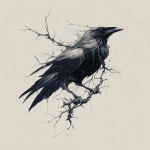
](https://images.ai-img.art/thumbnails/150/09ccae5e68e2b6da6b5da87ef69f7eb09e80c99ca39ba886c5c3773cbb3b89ba.webp)
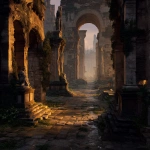





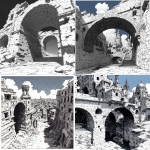
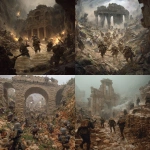

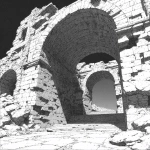

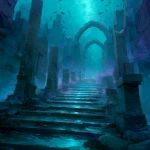
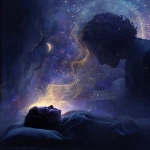
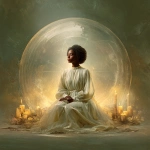
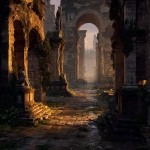

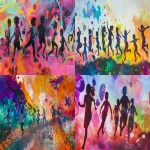

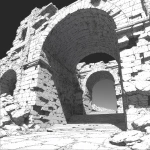



](https://images.ai-img.art/thumbnails/150/47d44e177f427ea6b32f96ea225db96c5158850a0cf01d1bad93e45dd4594430.webp)
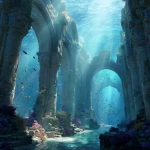
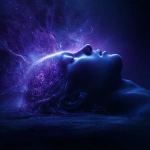


](https://images.ai-img.art/thumbnails/150/44b76c49c47b4c47f13eac7883c63827d3f89aa77fe64ce0cbecb9d3ce434499.webp)

